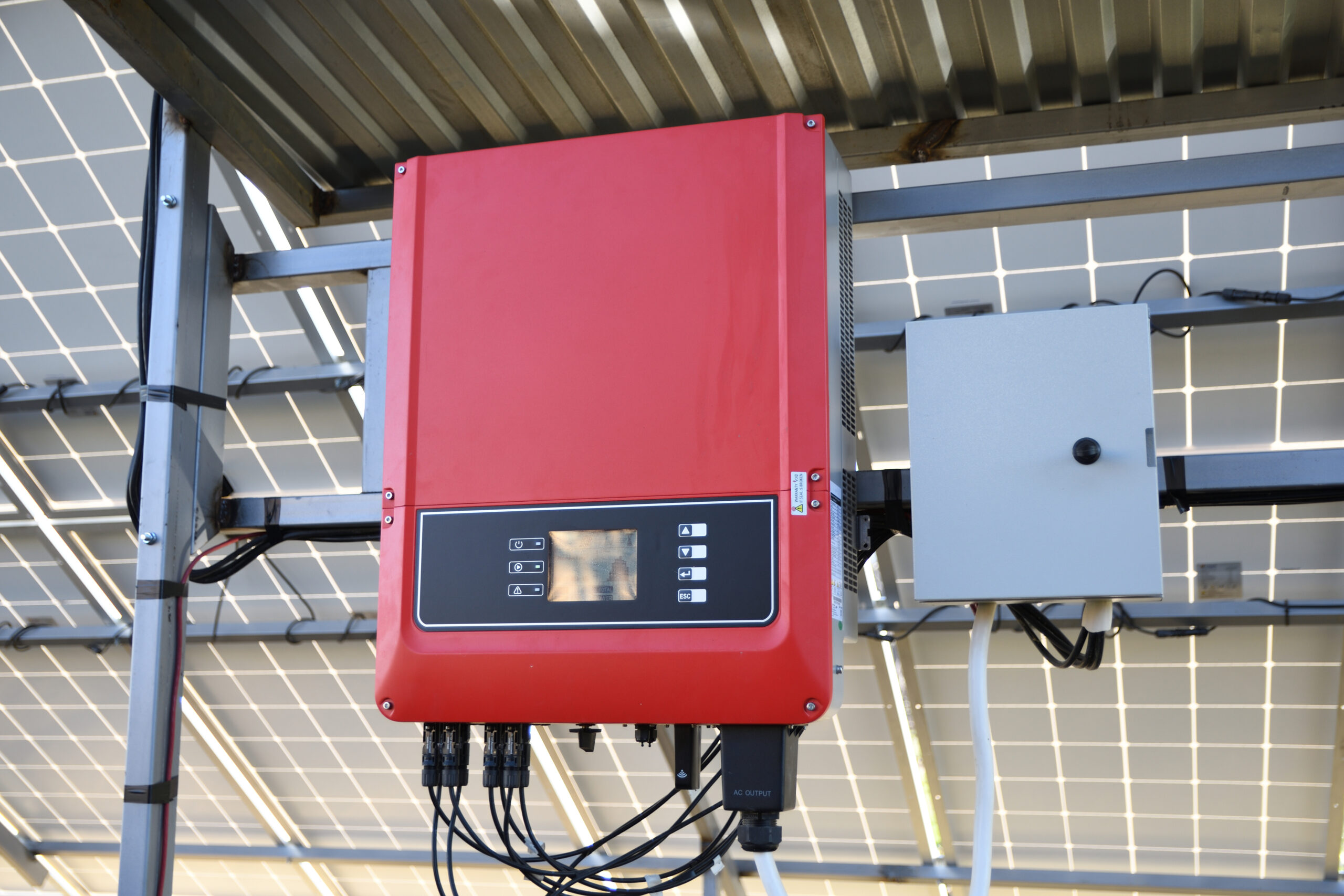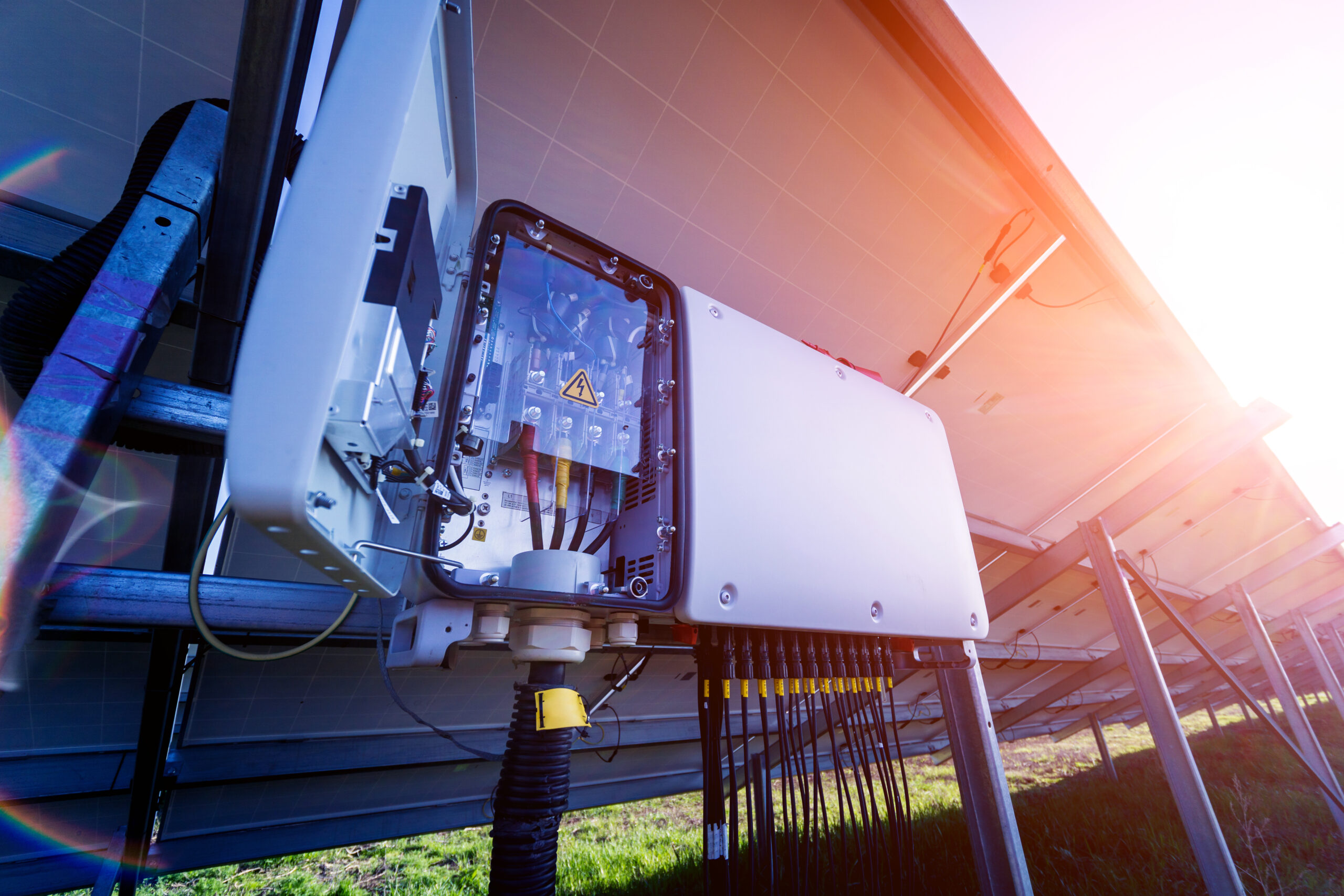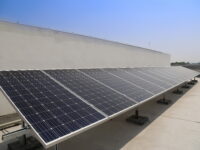There are many different ways to design and build a solar energy system for your home. So that you can use solar power. Consider a solar tracking system to put solar panels on the ground. This way, your commissions will move with the sun. This article will look into what installing a solar tracker means and whether or not a tracking system is suitable for your solar project, so read on!
What are solar trackers, and how do they work?
A solar tracking system moves your solar panels to follow the sun throughout the day. Which improves the angle at which your panels get solar radiation. This increases the amount of electricity your solar system makes. Solar trackers are utilized in ground-mounted solar panels. And large free-standing solar installations, like solar trees, that don’t need to be fixed. They aren’t traditionally used in most home solar projects. But they have a place in the utility-scale and commercial/industrial solar markets.
In the case of solar panels, the angle at which the sun’s rays hit the surface of the solar panel (called the “angle of incidence”) determines how well the board can turn the light into electricity or how much electricity it can make. When the angle of incidence is less comprehensive, the more energy a photovoltaic panel can produce. Some tools can help cut down on this angle. Solar trackers work to position panels so that light hits them perpendicular to their surface.
Solar trackers with a single axis vs. dual axes
These two types of solar tracking systems are single and double axis.
Solar trackers with a single axis
It moves your solar panels on one axis of movement, usually north and south. A single-axis tracker moves your panels on that axis. If you have these setups, your solar panels can arc from east to west and follow the sun as it rises and sets. This increases the efficiency of your system without having to put in more solar panels. The upfront costs of installing and maintaining single-axis solar trackers are high, but the extra efficiency they add to your solar system can quickly pay for the money you spend. To ensure it works well, you need to put a single-axis tracking system on flat land in a usually warm and dry place.
Solar trackers with dual axes
Allows your solar panels to take on two axes, north, and south, east and west. This kind of system is designed to help you get the most out of your solar energy all year long by using algorithms and sensors that track seasonal changes in the height of the sun, as well as the movement of the sun during the day. It’s not very common for solar installations to use trackers that move on two axes, like those made by AllEarth Renewables. Even large, utility-scale projects don’t usually use them.
Dual-axis trackers could be used on some commercial properties because there isn’t a lot of space on commercial rooftops for solar panels. Because dual-axis trackers can produce up to 45 percent more energy than static panels, they can help businesses make enough power in a small space. Utility-scale installations don’t usually need two-axis setups because they don’t have to fit into a small space like a commercial roof. This means they don’t have to fit into a small space like a commercial roof.
Active vs. passive solar trackers: Which is better?

There are also single-axis and dual-axis solar tracking systems. There are additional active and passive solar trackers, which are ways to move the sun. Active solar trackers utilize a motor to shift, whereas passive solar trackers use the sun to move. This means that passive solar trackers are less advanced than active solar trackers in working and looking.
Active solar trackers
As a general rule, most of the trackers on the market are active systems. This means that the tracker gets energy from the grid to run a motor or other mechanical device that tilts solar panels in the right direction. In general, active solar trackers are better for big and complicated projects.
Passive solar trackers
Passive solar trackers also follow the sun, but they don’t have electricity. They move because they use the heat from the sun to make a gas. When that gas gets bigger, it moves the solar panels mechanically. It happens when the sun moves and the gas cools down. The panels move back.
There is a bunch more to passive solar trackers than this simple explanation, but we’ll keep things simple for now. They can be used for simple PV systems, but not much else because they have a lower level of accuracy. The liquid inside passive solar trackers usually takes a long time to heat up in cold weather, so they aren’t as good as it could be.
Also Read:
The benefits and drawbacks of solar tracking System
In the same way that there are good and bad things about solar trackers, they are good and evil.
The advantages of solar tracking System
It’s a good idea to use solar trackers at a high level.
- On solar panels with tracking systems, more electricity is Produce.
- If you’re on an unstable electricity rate plan, having more electricity production is even more critical because it will help you save money over time (like time of use)
- A lot more electricity means that you need fewer solar panels, which means you don’t need as much space for your solar setup.
The Disadvantages of solar tracking System
However, there are a few disadvantages to possessing a solar tracker:
- Using solar tracking systems costs more money than using solar panels fixed to the ground. This is because more parts and more workers are involved in setting up a site for trackers, which is why this is the case.
- Often, solar trackers need more work than solar panels fixed to the ground.
- Trackers are often too big and heavy to use on rooftops, so you’ll have to put one on the ground.
Is solar tracking system the right choice for you?
A rooftop installation is the best choice for most people who want to go solar because it costs less and doesn’t take up a lot of space in their yard. Because of this, most home solar systems don’t have solar trackers, and they’re probably not worth the extra money. If you have a south-facing roof, your solar panels will already be positioned to get the most sunlight. This means you don’t need a tracking system. To get the most out of your solar system, think about getting the most efficient solar panels available today.
Solar trackers make the most sense in places where the sun moves worldwide every year. So, people who have a solar system in places like Alaska and the northern parts of the contiguous United States might want to think about adding trackers. Even so, for most people in the United States, the sun’s movement won’t have a significant impact on how much energy your solar panels make. Installing a rooftop array that faces south is best for most customers, or a ground-mounted system that meets south is best for most customers.
There is also a solar tracking system used in large commercial projects, which usually have more than 1 megawatt of power (MW). There is enough long-term value in commercial-scale solar arrays to make the upfront costs and ongoing maintenance fees worth it. This is because, over time, more energy will be made. In addition, commercial-scale solar projects are usually set up on the ground, which makes solar trackers a possibility.





